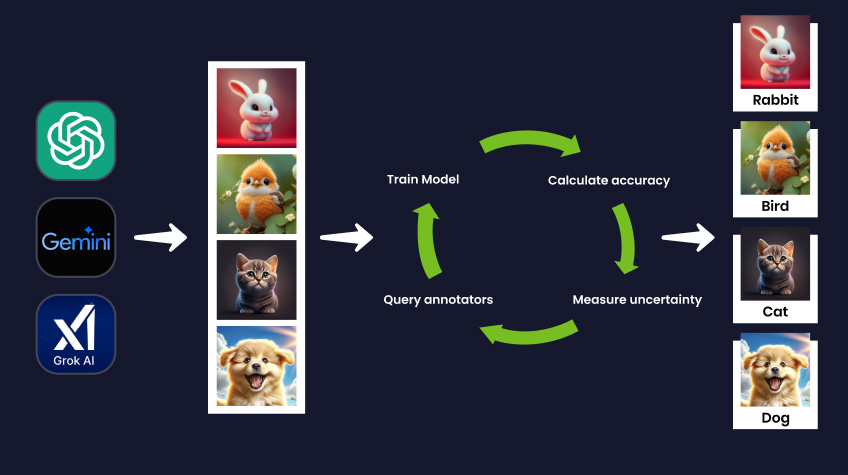A data analyzer is an application or an individual who analyzes, processes and interprets data to derive valuable insights and assist decision-making. Usually, this process is done in a series of stages ranging from data acquistion to analysis, processing and visualization. Here’s a breakdown of what a data analyzer does:Datanotation.tech
Data Collection: 1. Datanotation.tech
Data analyzers routinely start by collecting data from a variety of sources, such as databases, sensors, questionnaires, or web sites. This data can be structured (e.g., tables, spreadsheets) or unstructured (e.g., text, images, social media).
Data Cleaning: Datanotation.tech
Raw data often contains errors, duplicates, or missing values. Data analyzers preprocess the data in order to provide it as accurate and consistent as possible. This step is crucial for producing reliable results.
- Data Processing and Transformation: 3. Data Processing and Transformation:
At this level, the data could be reshaped into a format more adapted to analysis, or it could be summarized. Specifically, this may involve normalizing, constructing new variables, or transforming data into a new format.
Data Analysis: Datanotation.tech
This is the core of data analysis. By means of statistical, machine learning, or algorithmic approaches, a data analyst identifies patterns, trends, correlations and patterns in the data. Common analysis techniques include:
Descriptive statistics (e.g., mean, median, standard deviation)
Regression analysis
Classification or clustering algorithms (especially in machine learning)
Hypothesis testing
- Data Visualization: 5. Data Visualization:
Data analyzers, as a rule, show their results using visualizations such as charts, graphs, or dashboards, etc. This leads to easier interpretation and comprehension of complex data by decision-makers).
One of the popular data visualization tools, etc., is Tableau, Power BI, and Matplotlib (Python users).
- Reporting and Decision Support: 6. Reporting and Decision Support:
According to the analysis, the results are usually reported in, or presented, reports accompanied by actionable knowledge. These observations can inform business plans, scientific studies, or policy actions.
Tools and Technologies: 7. Tools and Technologies:
Data analyzers routinely employ a range of tools and program languages to perform the data analysis task:.
Excel: For basic analysis and visualization.
SQL: For querying databases.
Python: Using libraries such as Pandas, NumPy, and Scikit-learn for high-performance data analysis and machine learning.
R: Another programming language for statistical analysis and data visualization.
Tableau, Power BI: For creating interactive visualizations and reports.
Career as a Data Analyst: Career as a Data Analyst:
A data analyst usually is employed in disciplines such as finance, marketing, healthcare, technology, and others. Crucial abilities comprise statistical analysis, expertise with data analysis software (e.g., Excel, SQL, Python) and strong reporting skills to effectively communicate knowledge to stakeholders.
